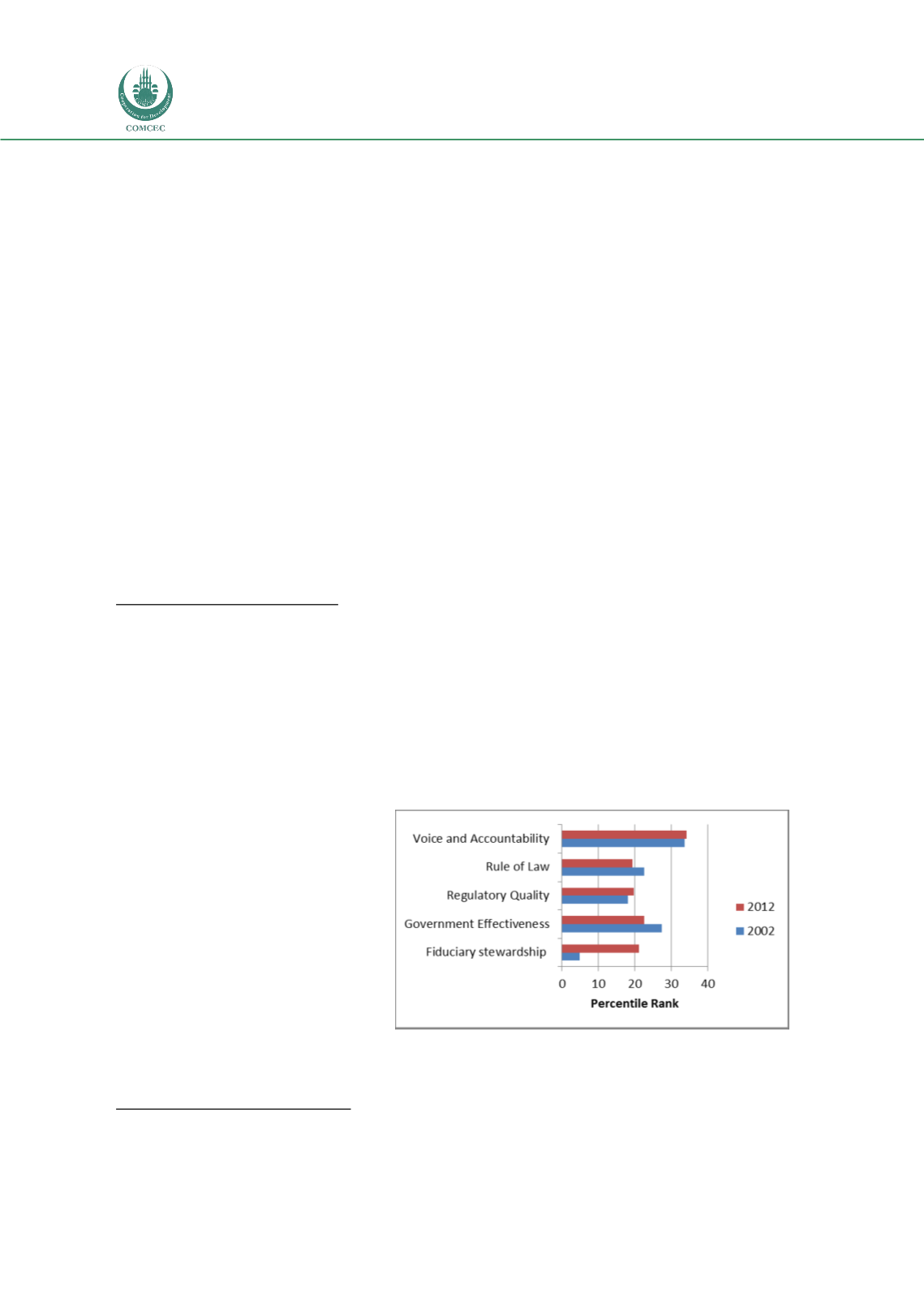

Facilitating Smallholder Farmers’ Market Access
In the OIC Member Countries
60
better and reportedly store better than traditional red varieties. Introduced by the
national agricultural research system in the 1970s, the white varieties appear to have
been heavily adopted, spurred by incentives in the output market.
118
Cross-cutting issues impacting smallholders’ access to markets
Bangladesh’s recent sustained growth has rapidly increased demand for energy, transport,
and telecommunications services. Despite large improvements in infrastructure—
particularly for telecommunications, which has improved smallholders’ access to
markets—insufficient planning and investment for future growth means that Bangladesh
still has a large infrastructure deficit. Less than 75 percent of the peak demand for
electricity is met; during peak periods, the shortfall is more than 2,000 megawatts. Even
so, per capita electricity consumption, at 160 kilowatt hours, is about one-fourth of India’s
and one of the lowest in the world; less than half of households have access to electricity.
In transport, the country is overly dependent on a network of poorly managed and
maintained roads. Only 40 percent of the main roads are estimated to be in good
condition, and just 37 percent of the rural population has easy access to an all-season
road, versus 69 percent in India. Bangladesh’s abundant waterways are underdeveloped
as cost-effective transport, particularly for the poor.
119
G
OVERNANCE AND INSTITUTIONS
Figure 32shows changes in five key governance indicators for Bangladesh between 2002
and 2012. These Worldwide Governance Indicators are based on data reflecting local
perceptions of various aspects of governance, gathered through surveys and other
assessments by survey institutes, think tanks, NGOs, international organizations, and
private firms.
The voice and accountability
indictor is meant to capture
perceptions about whether a
country’s
citizens
can
participate freely in public
discourse and participate in
choosing their government.
The rule of law indicator
reflects perceptions of whether
society’s rules are applied
equally and whether property
rights and individuals’ rights
are protected by courts and
the police. The regulatory
quality indicator has to do with
perceptions
that
the
118
Reardon et al. (2012).
119
World Bank (2010b).
FIGURE 32: GOVERNANCE INDICATORS FOR BANGLADESH,
2002 AND 2012
Source:
Worldwide Governance Indicators (World Bank 2014i).

















